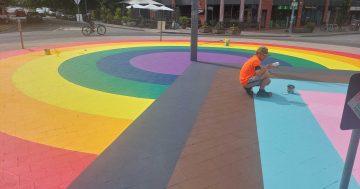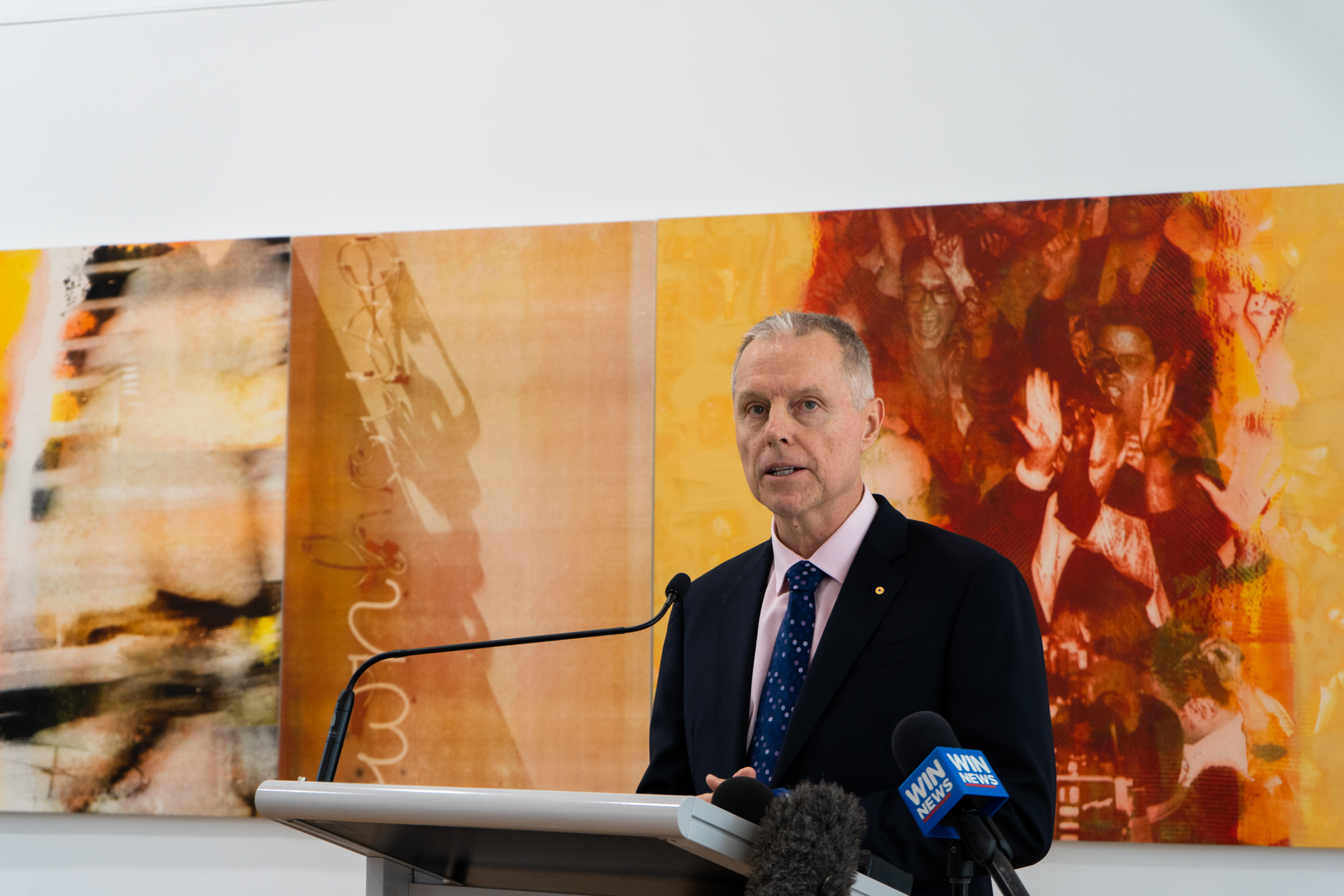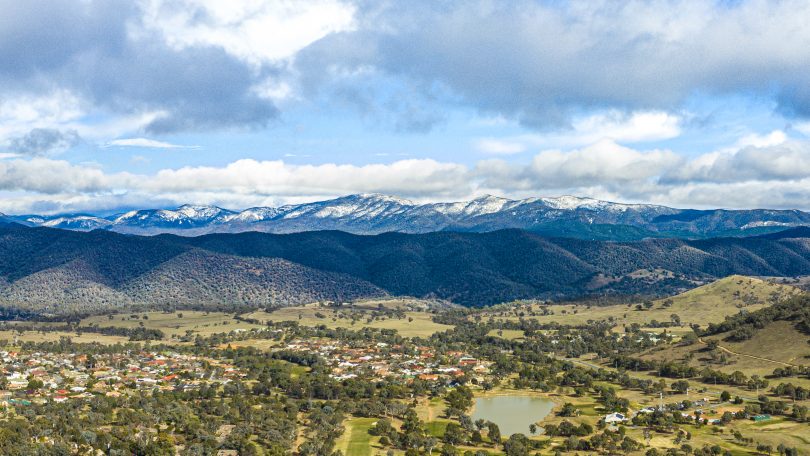
Do you think the Brindabella Ranges could be incorporated into the ACT’s coat of arms? Photo: Terry Cunningham.
Could the Brindabella Ranges be incorporated into the ACT’s coat of arms, or perhaps a gang-gang cockatoo, the royal bluebell flower or a southern brush-tailed rock-wallaby?
While the latter three icons are already emblazoned as emblems of the ACT, there are further suggestions a community reference panel will consider as part of a consultation process to bring the ACT into line with all states and territories to have its own coat of arms.
The debate over an ACT coat of arms has been advocated for since the beginning of the century when the ACT Australian Republican Movement expressed a need for discussion on the symbolism of a Coat of Arms.
The city of Canberra has a coat of arms, which was requested by the Department of Defence to be used on the then newly commissioned ship, HMAS Canberra. Designed and drawn by C R Wylie, the Canberra coat of arms, featuring a black swan and a white swan, was granted by the College of Arms in London on 7 November 1928.
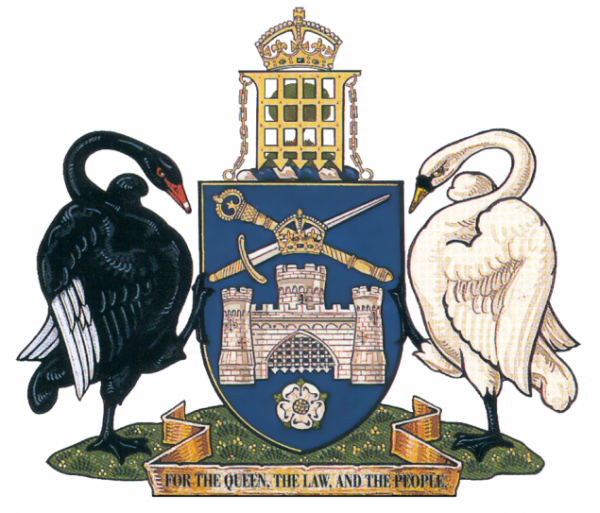
The coat of arms of the city of Canberra.
Terry Fewtrell and a group of about 20 ACT citizens for meaningful civic symbols say the heraldry in the Canberra City coat of arms is not reflective of the ACT and now is the time to reignite debate on the issue.
Further discussion was to occur in January last year, but the COVID-19 pandemic pushed it aside. The ACT Government has flagged a vote on the issue later this year.
“Our view is that an ACT coat of arms must speak to, and of, the people and place here,” Mr Fewtrell told Region Media.
“We’re saying the symbol must say something about the place we live in and the community that we are.
“We would also expect there be some kind of significant expression of the Indigenous presence that has been in the land here for 60,000 years or more.”
Mr Fewtrell said the rules of heraldry are very strict, usually requiring approval by the College of Arms in London.
“You need to recognise that the ACT community voted yes in the Republican referendum in 1999 and we were the only jurisdiction in the country to support it in a majority.
“People often ask where you would see the coat of arms, and we already see the Canberra one on our garbage bins of all places, and I think we can do better than that.”
He said the symbolism of an ACT coat of arms would help engender a wider understanding of what the ACT means to the community.
“We tend to undervalue the importance of symbols and it’s very important that our symbols have meaning to us and express something to us,” Mr Fewtrell said.
“The ACT Government has been bold enough to say this is something we should fix, so here’s an opportunity for the community to have an input into the process and get a good outcome.”
An ACT Government spokesperson said the community reference group will seek suggestions from a range of people and will work with students from the University of Canberra’s Arts and Design faculty to design prototypes.
“We’re looking for people with experience in heraldry, Ngunnawal culture and history, people with design backgrounds and expertise relating to a coat of arms/insignias. We are also looking for interested and passionate Canberrans,” the spokesperson said.
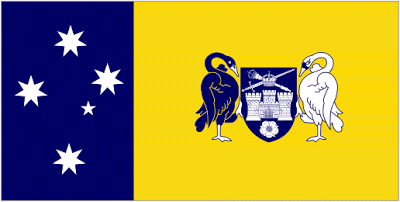
The ACT Flag, including the coat of arms. Image: Supplied.
A redesign of the ACT Flag will also be considered following the process.
“It is important to note that a new ACT Flag does not need to carry the coat of arms and as the City of Canberra coat of arms will maintain its status, changes to the ACT Flag are not necessary immediately.
“This process offers the ACT Government the opportunity to start gauging interest in a redesigned ACT Flag,” the ACT Government spokesperson said
If Canberrans would like to be involved, they should submit an expression of interest for the Territory Coat of Arms Reference Group or sign up to the YourSay Conversations page. Expression of interest to join the panel close on 1 March.












